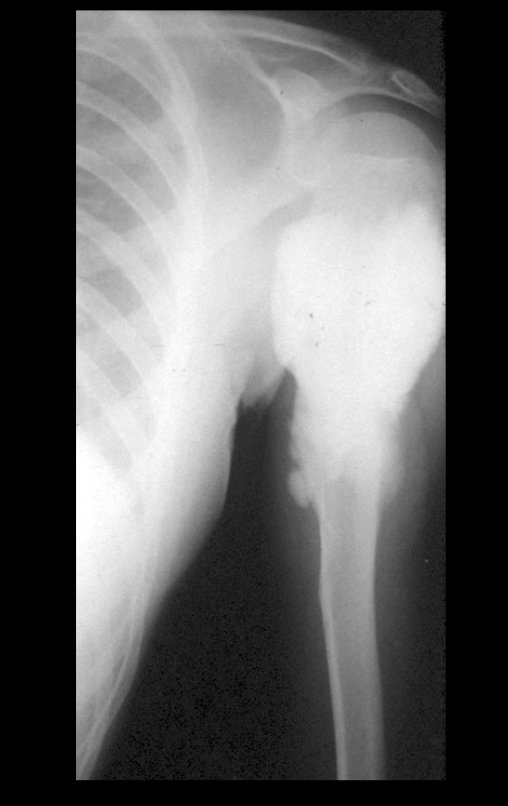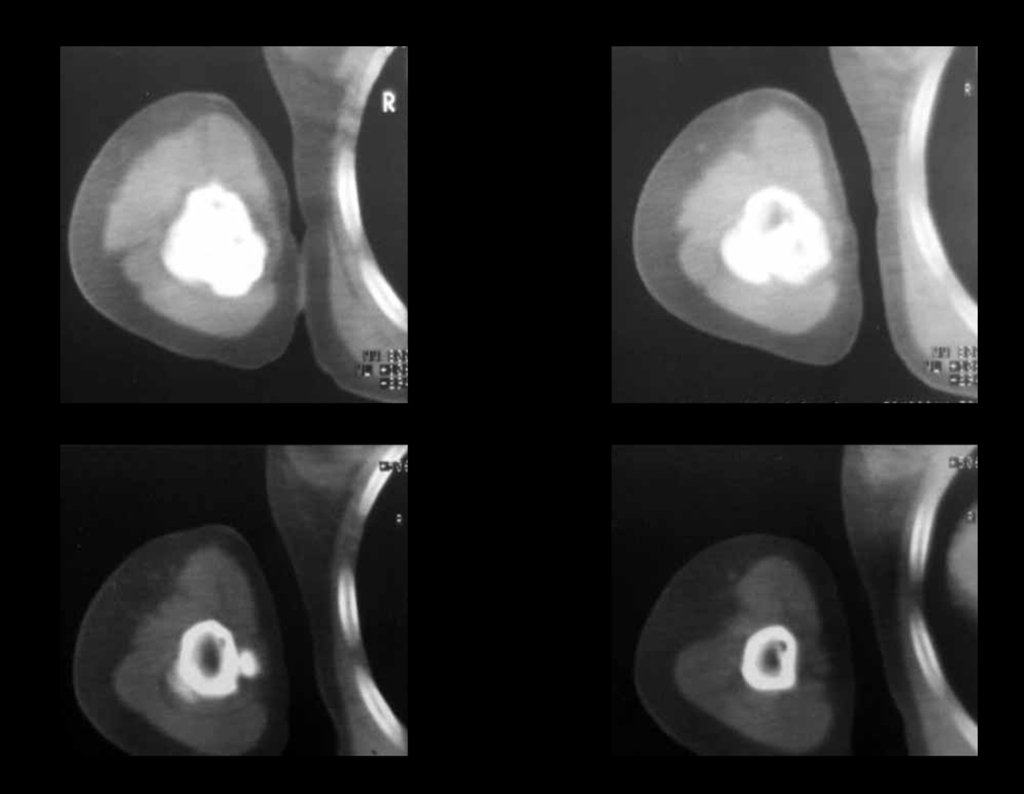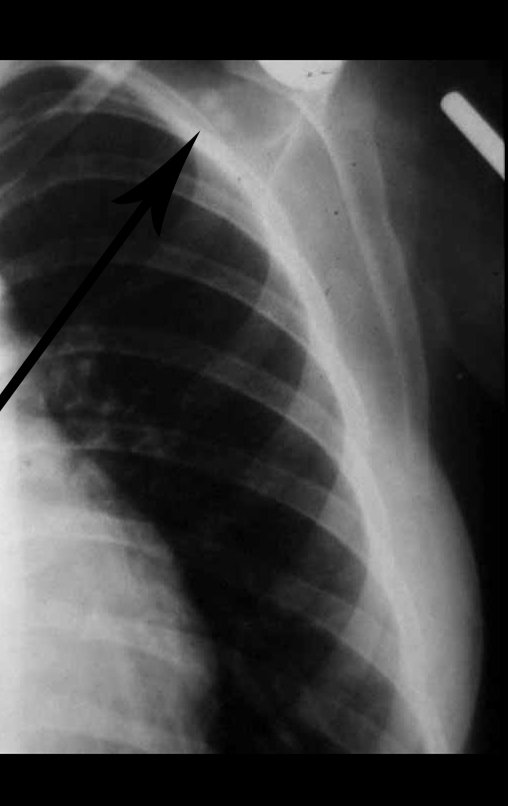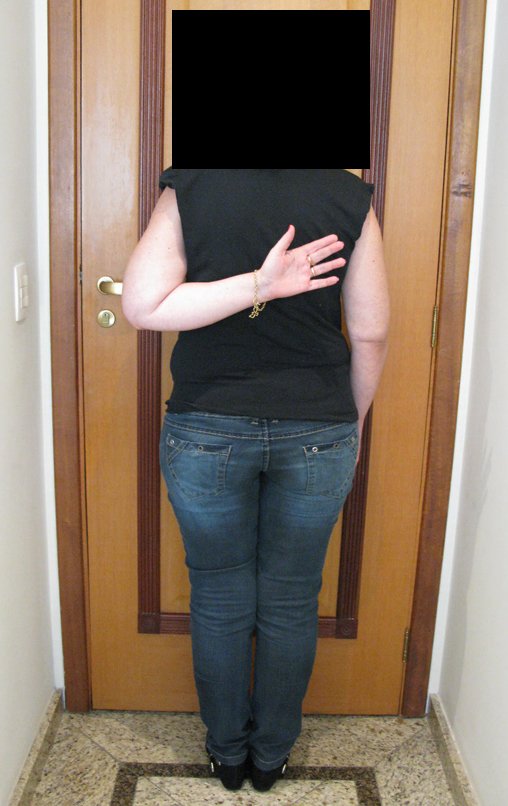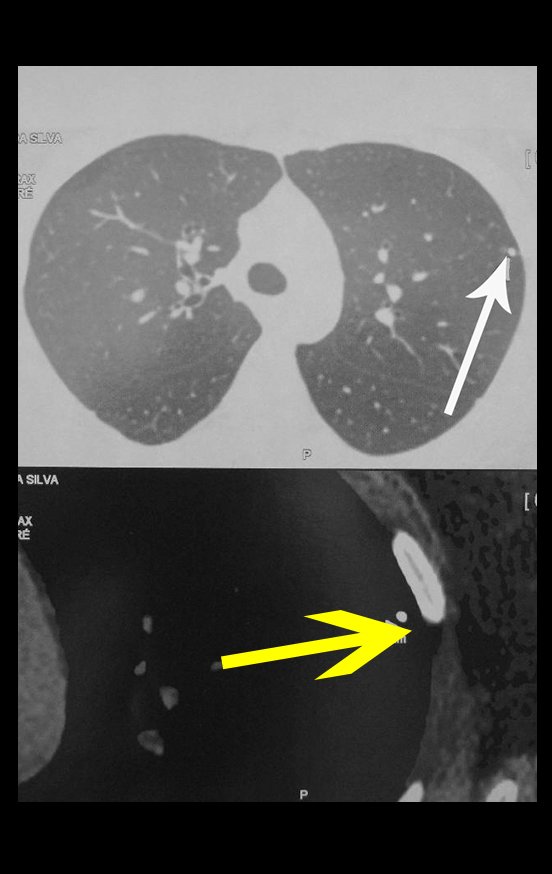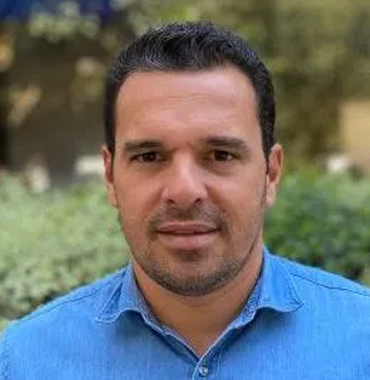
Humeral osteosarcoma with lung metastasis Polyethylene Endoprosthesis - Metastectomy
Osteosarcoma with pulmonary metastasis. Patient born on 06/07/1976, treated in 1987, at the age of eleven, with a history of two previous surgical interventions, curettage of a lesion in the left proximal humerus, a year ago.
The pathological anatomical report diagnosed paraosteal osteosarcoma, which due to surgical manipulation had invaded the spinal canal and already presented two metastatic nodules to the lung, figures 1 to 5.
Video 1: Function after 19 years, on 10/23/2006.
It is important to emphasize that the patient undergoing oncological monitoring suffers at each control assessment. Therefore, it is prudent to prevent them, regarding the small calcified pulmonary nodule of the primary tuberculosis complex, which is normal and present in the vast majority of the population. This way we will be saving unnecessary suffering for both the patient and their families.
Video 2: Function on 08/06/2014, with 27 years of follow-up of osteosarcoma resection of the left humerus and reconstruction with non-conventional polyethylene endoprosthesis.
In 2018, the patient was doing well after 31 years of treatment.
Authors of the case
Author: Prof. Dr. Pedro Péricles Ribeiro Baptista
Orthopedic Oncosurgery at the Dr. Arnaldo Vieira de Carvalho Cancer Institute
Office : Rua General Jardim, 846 – Cj 41 – Cep: 01223-010 Higienópolis São Paulo – SP
Phone: +55 11 3231-4638 Cell:+55 11 99863-5577 Email: drpprb@gmail.com

